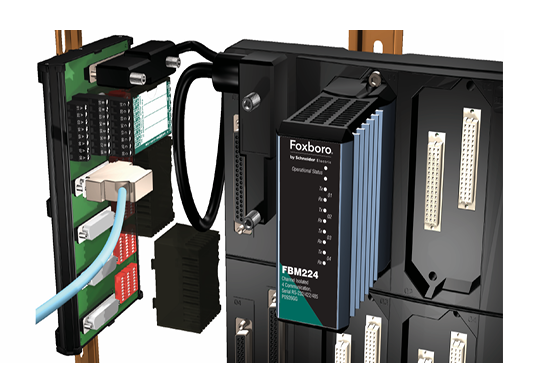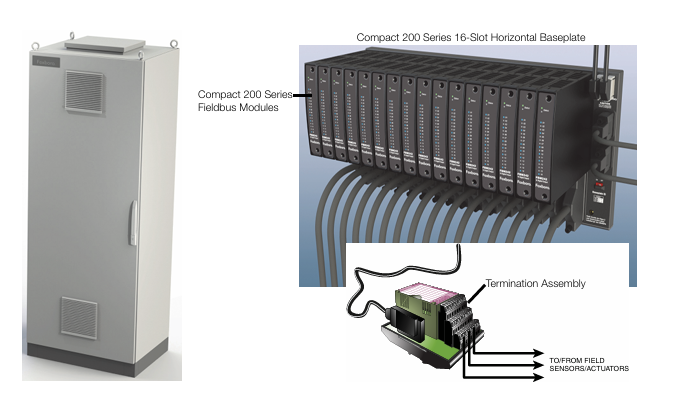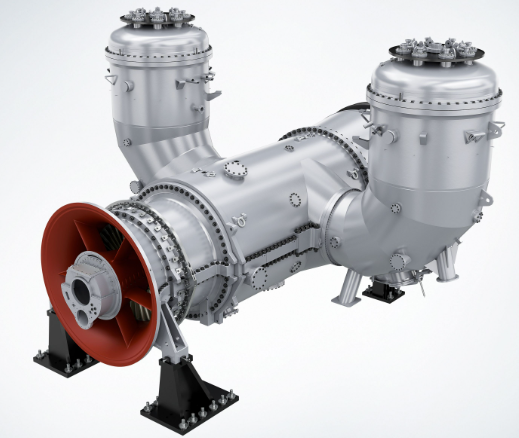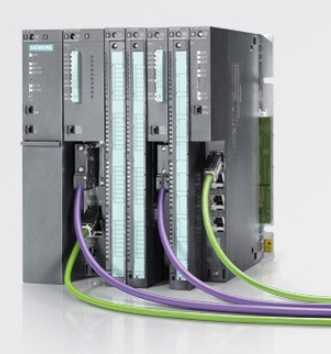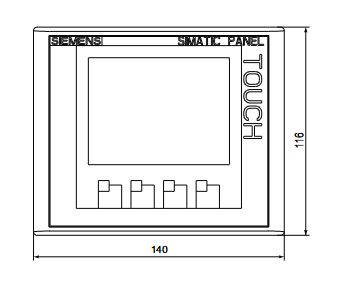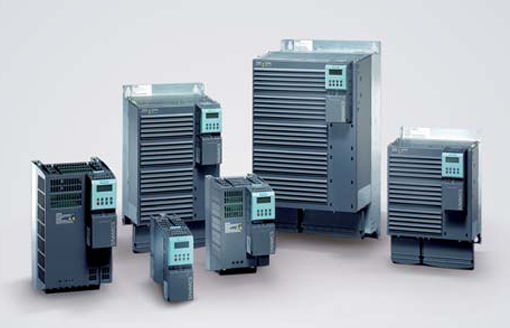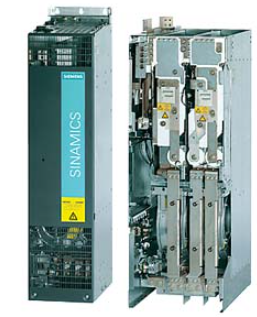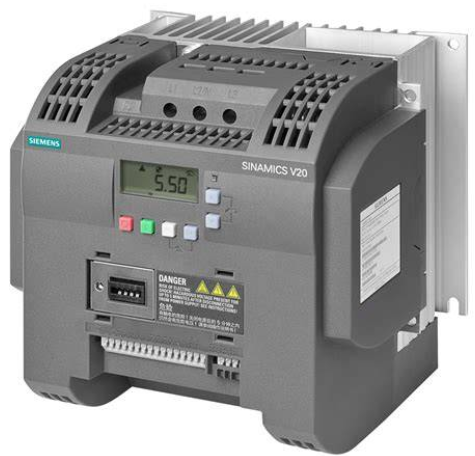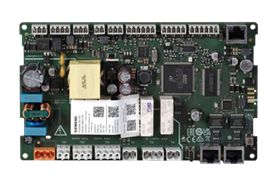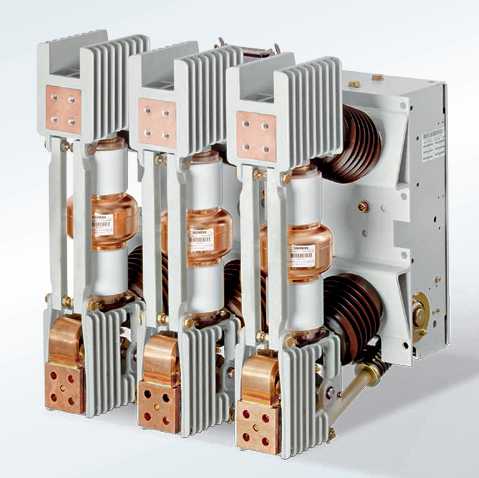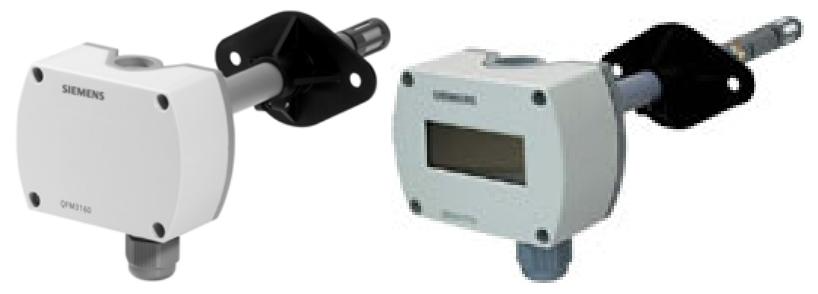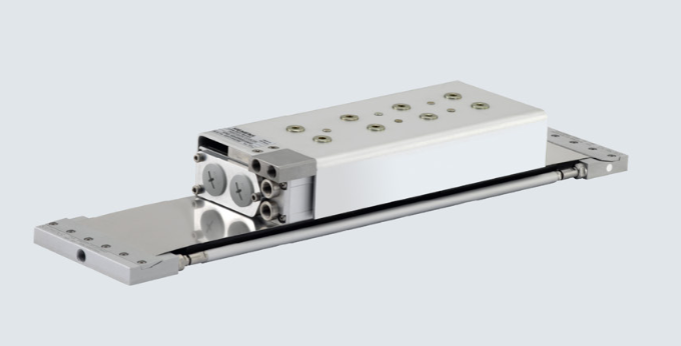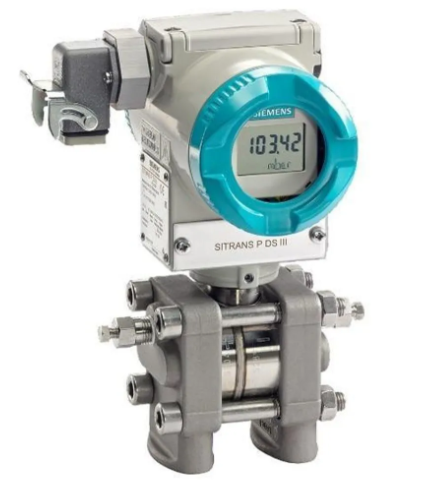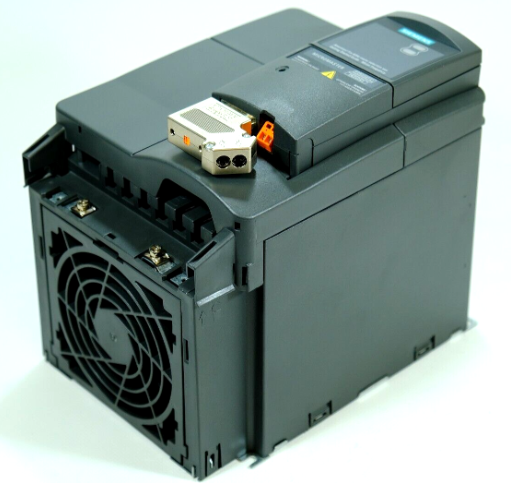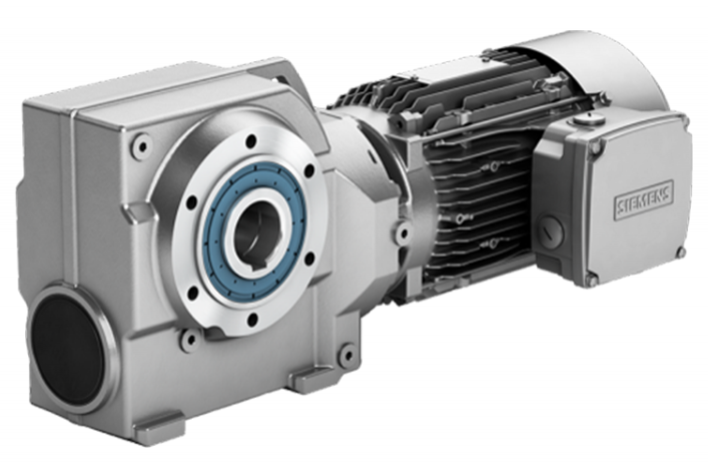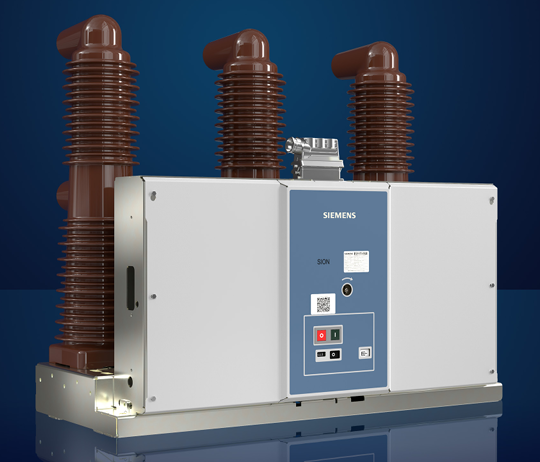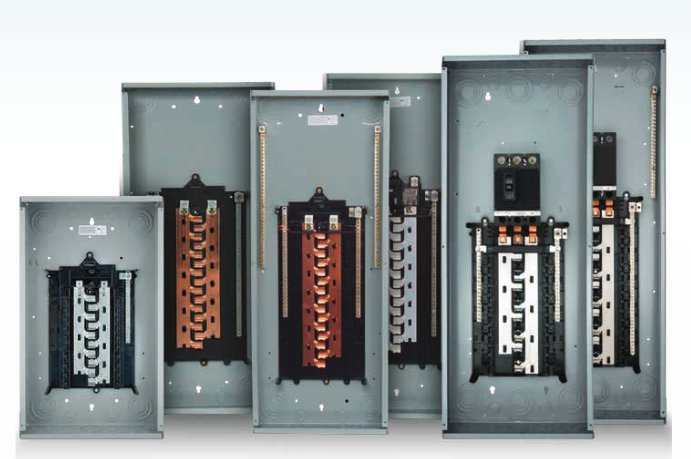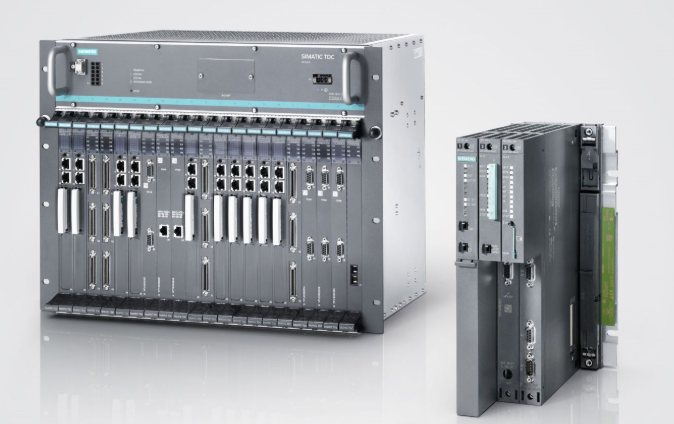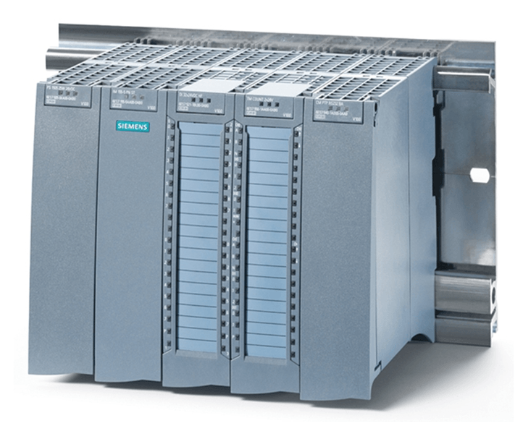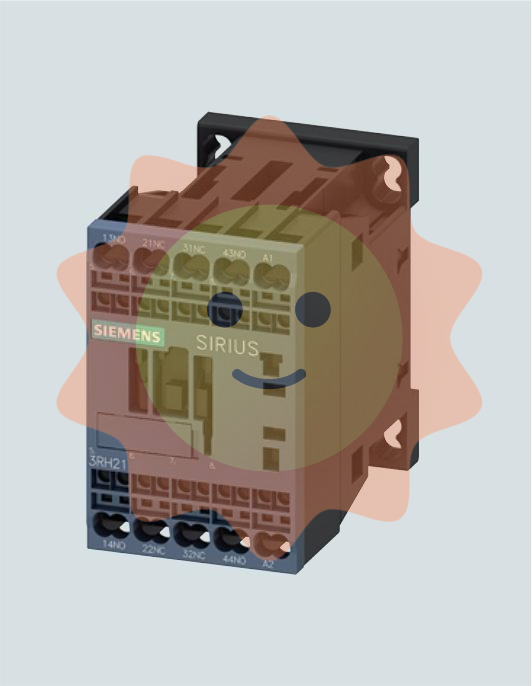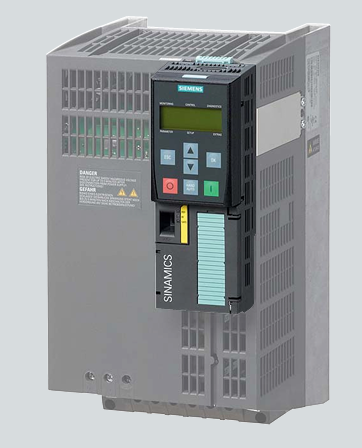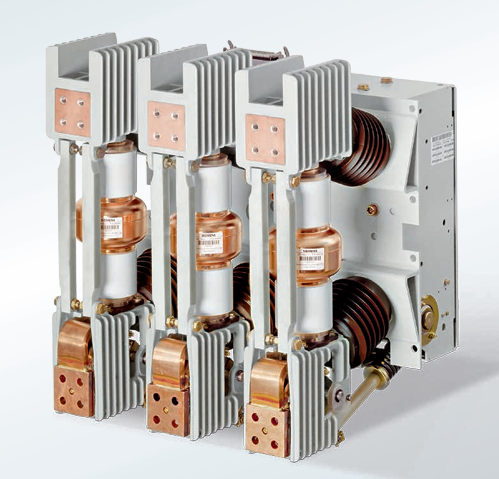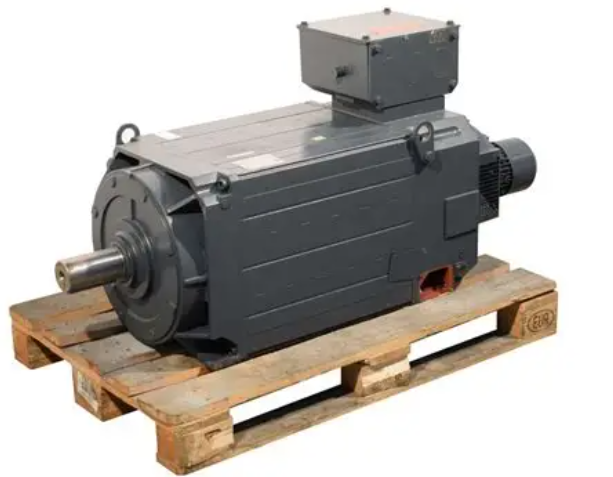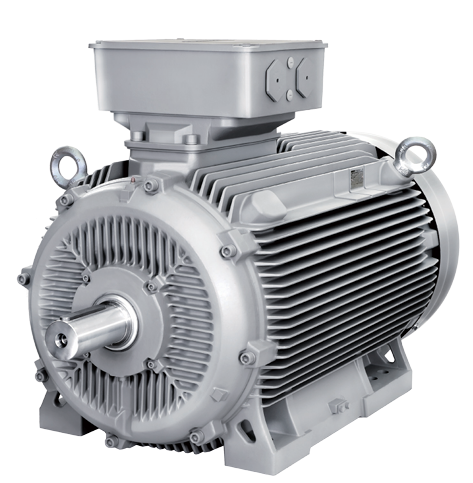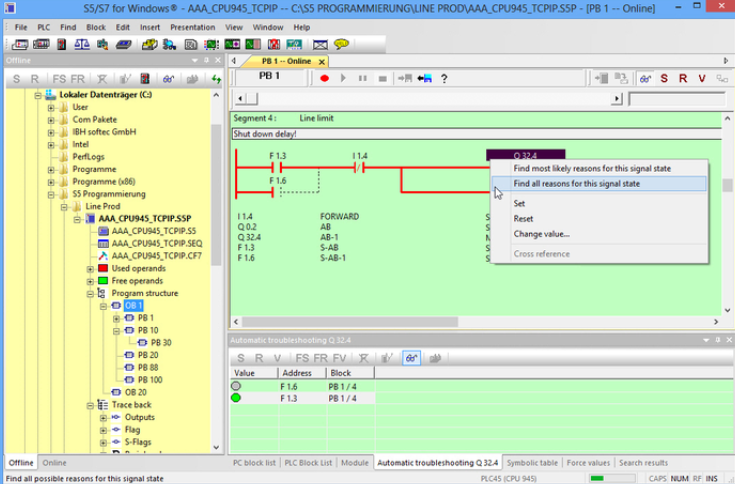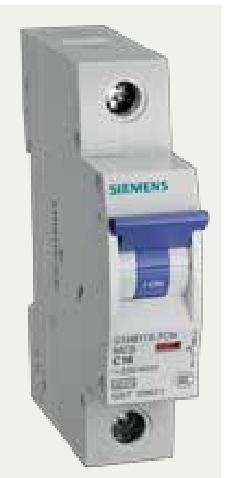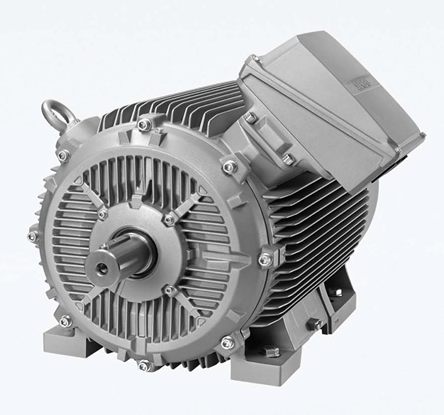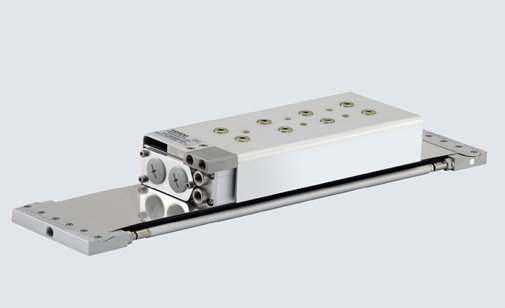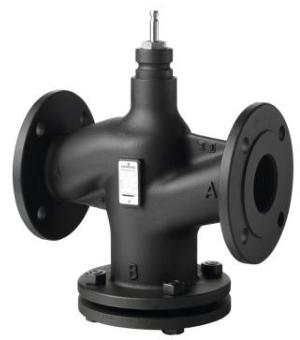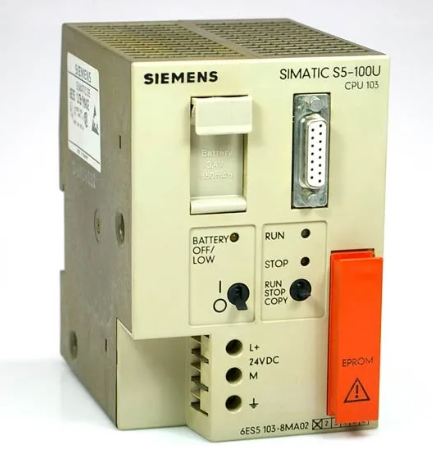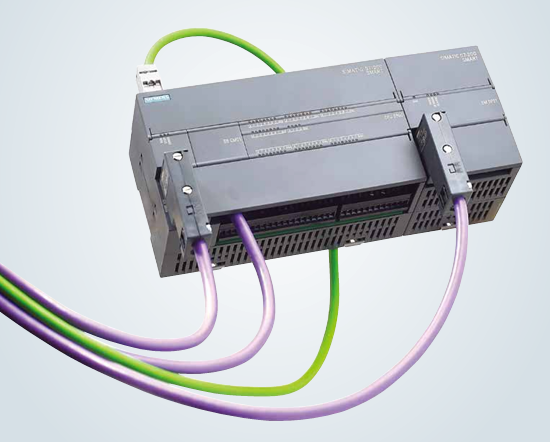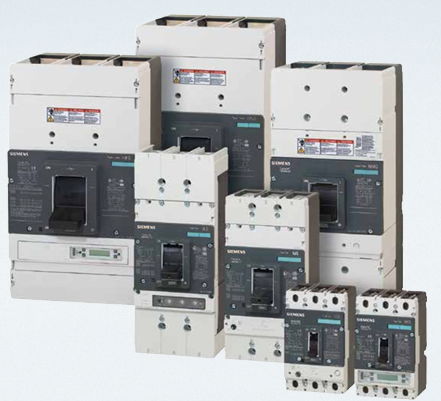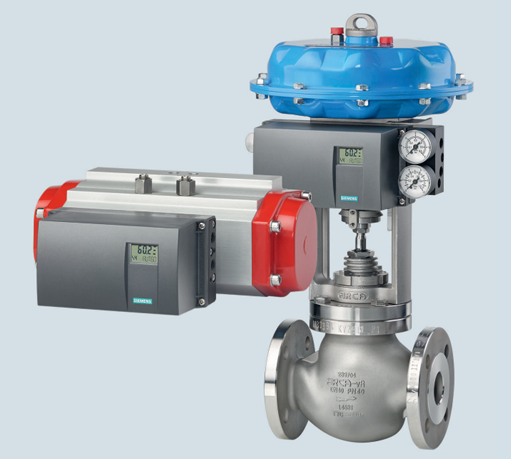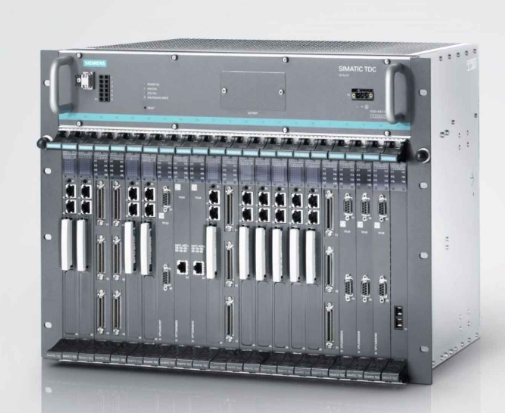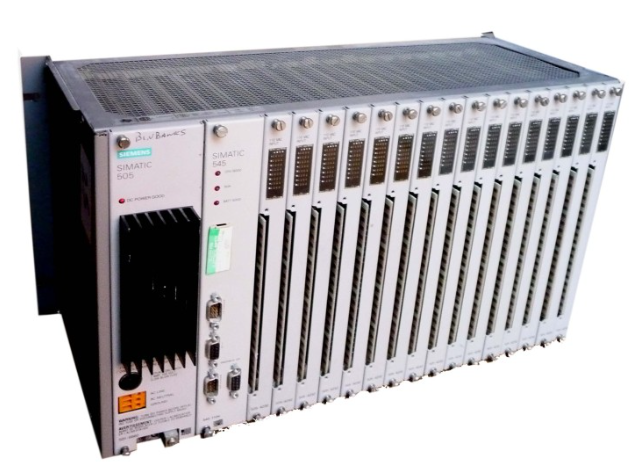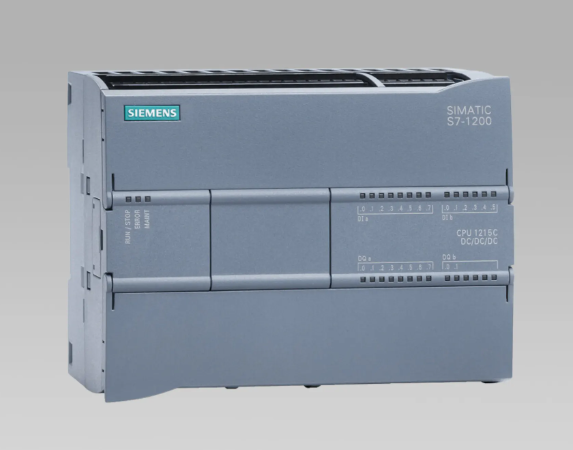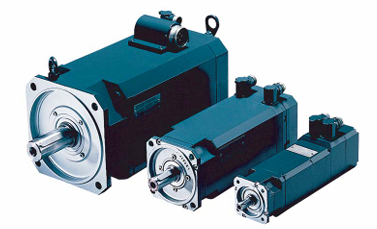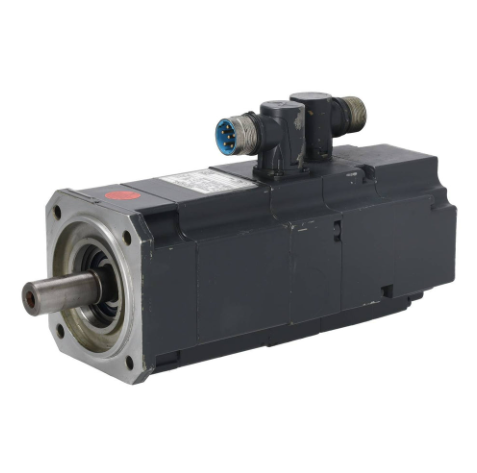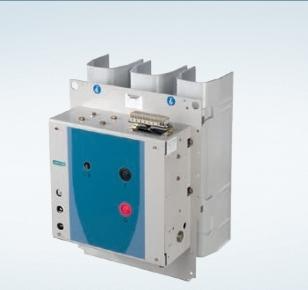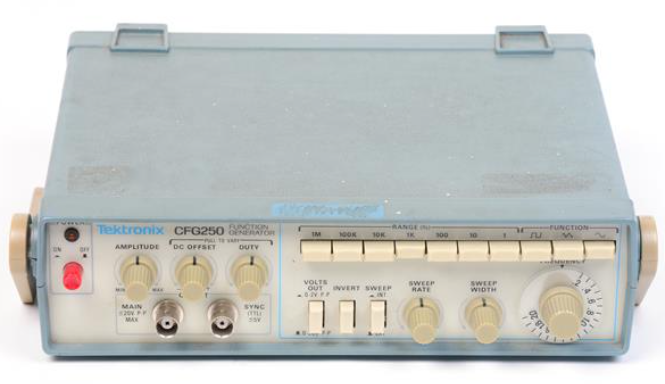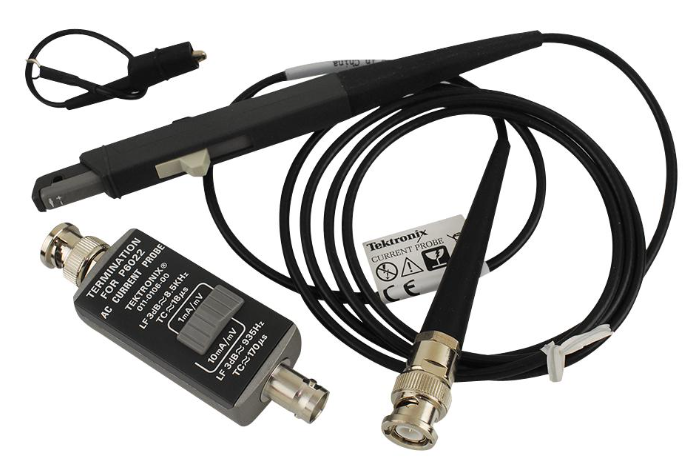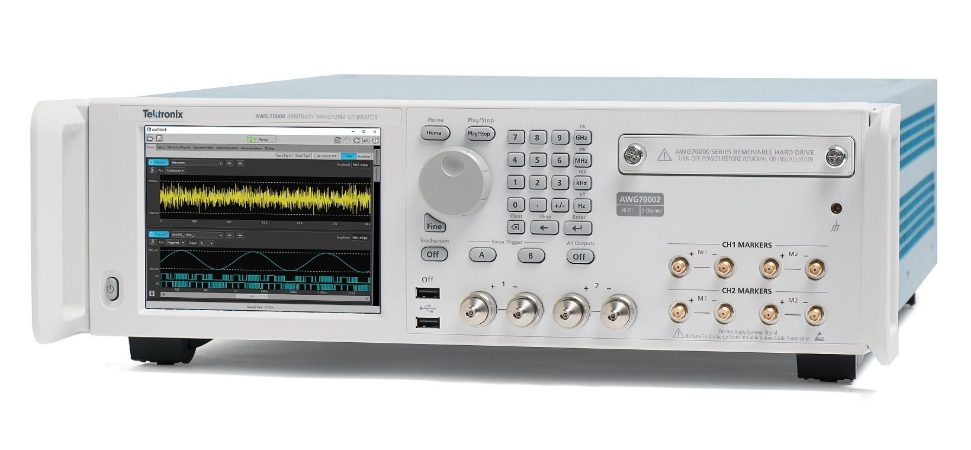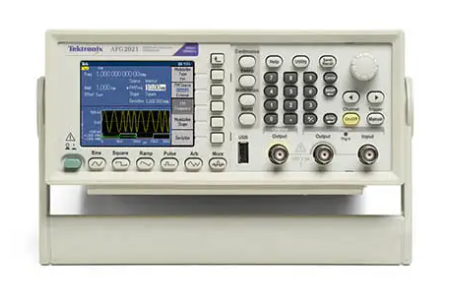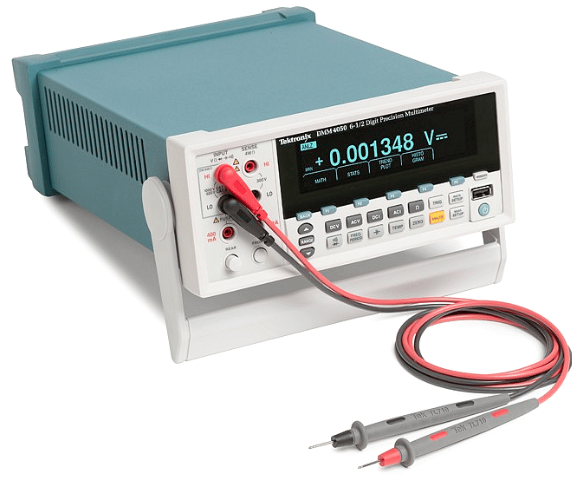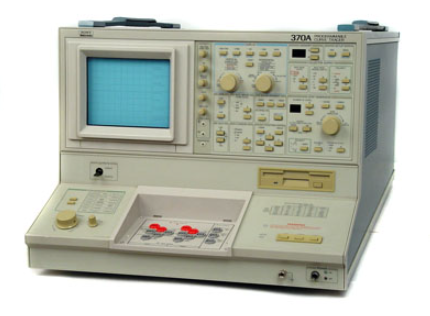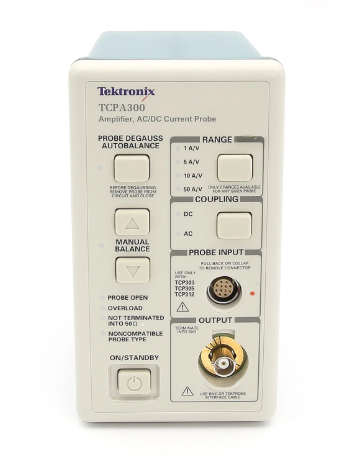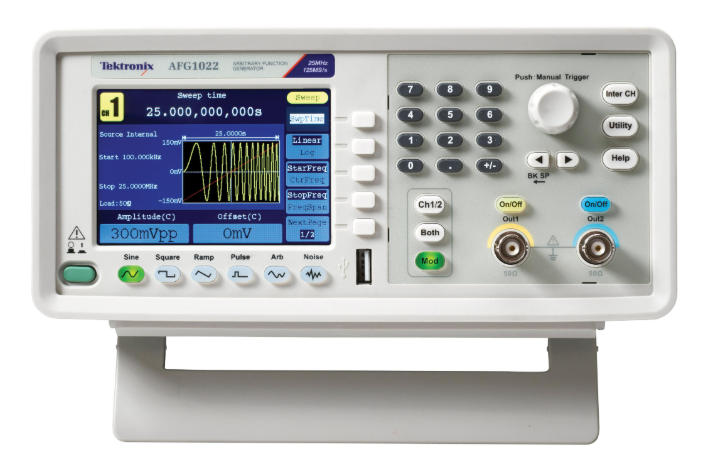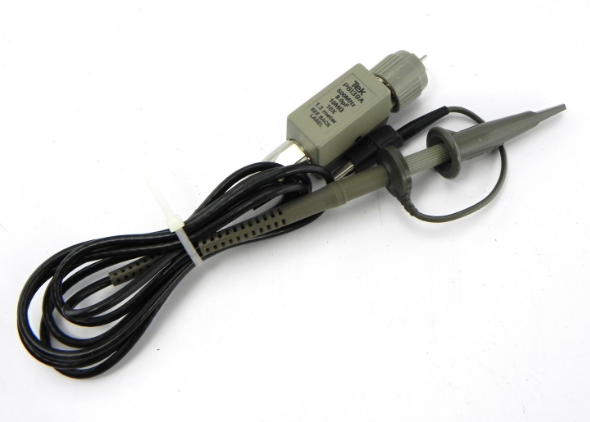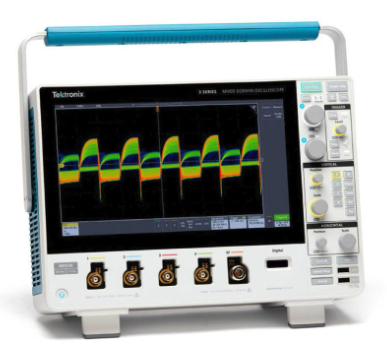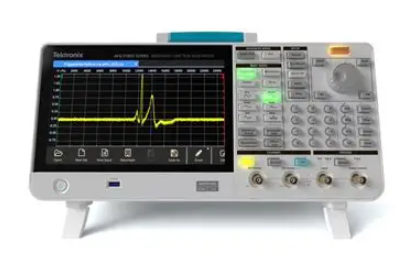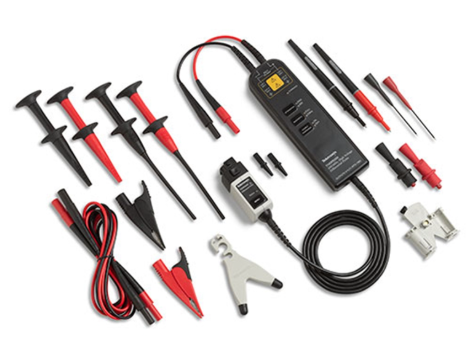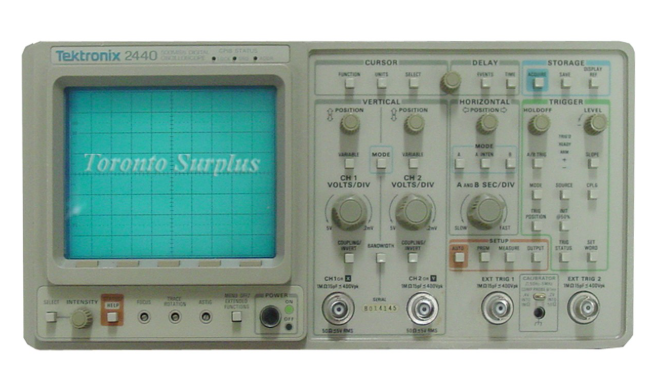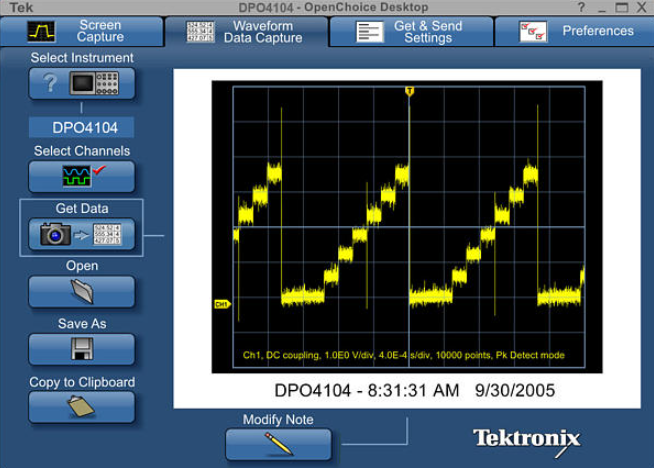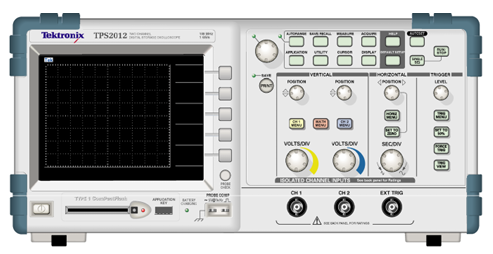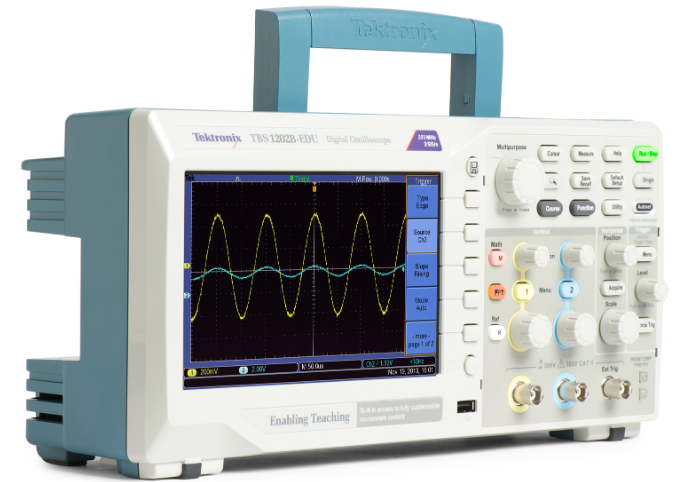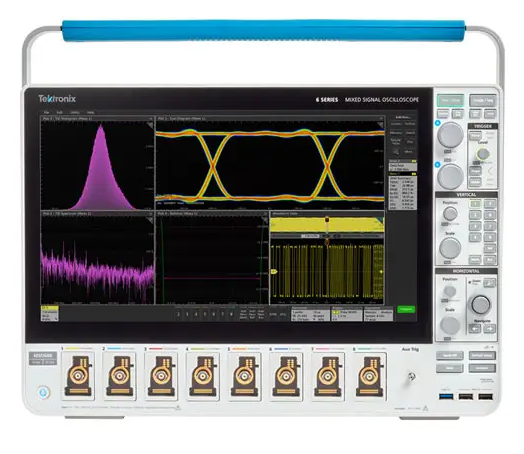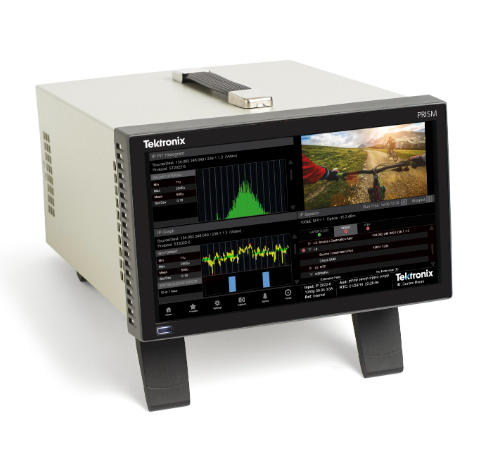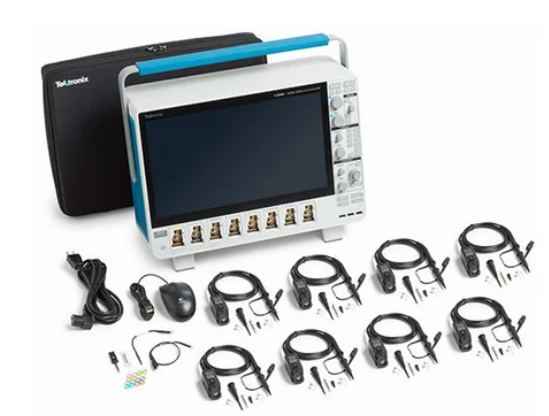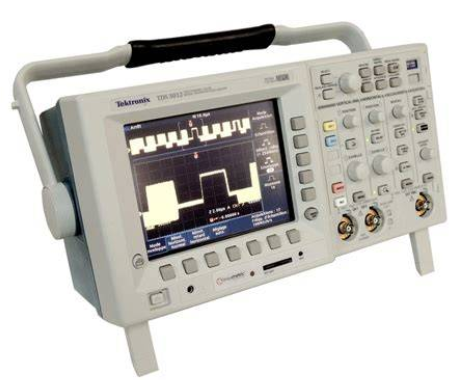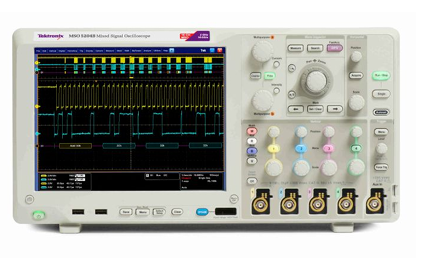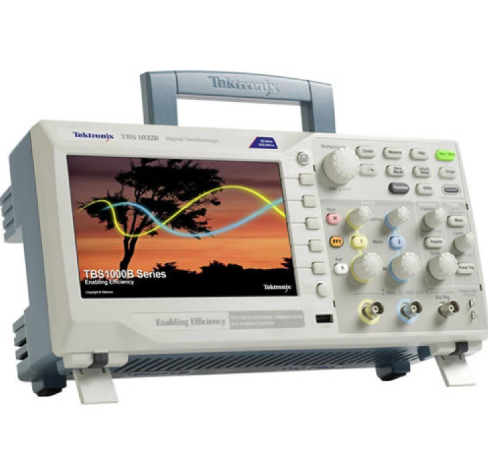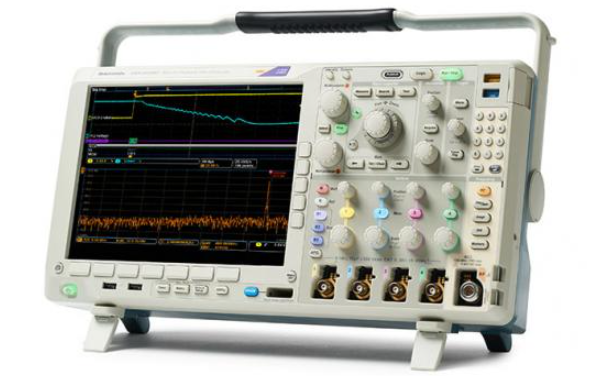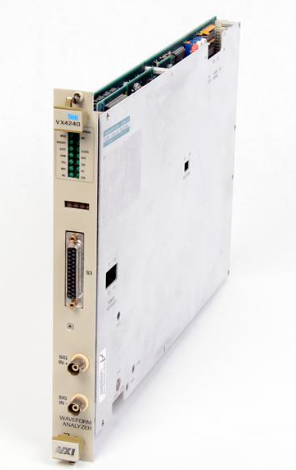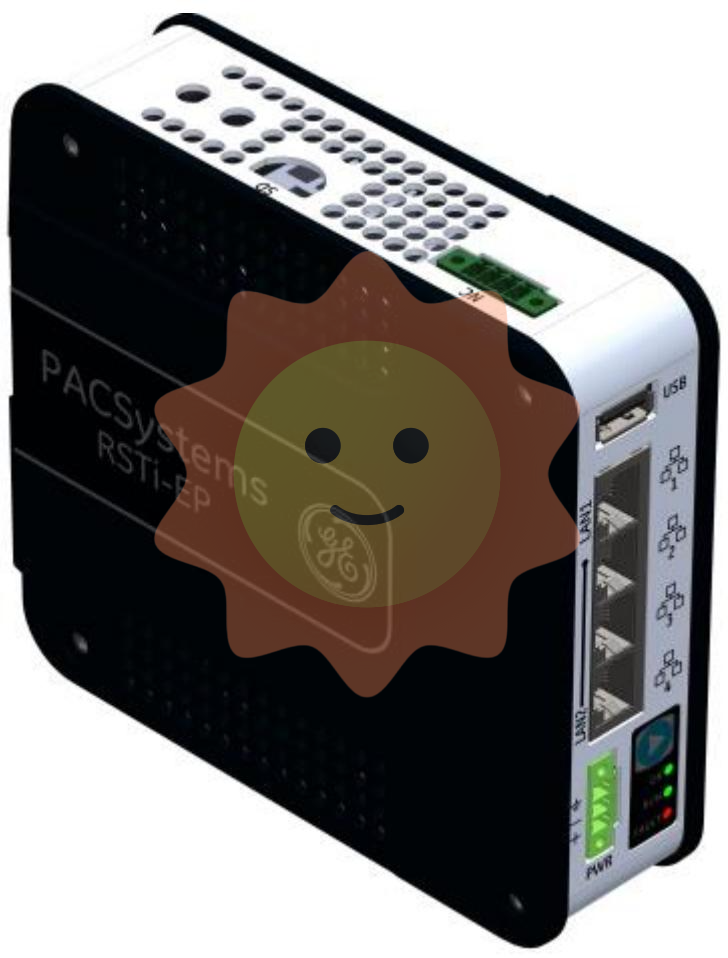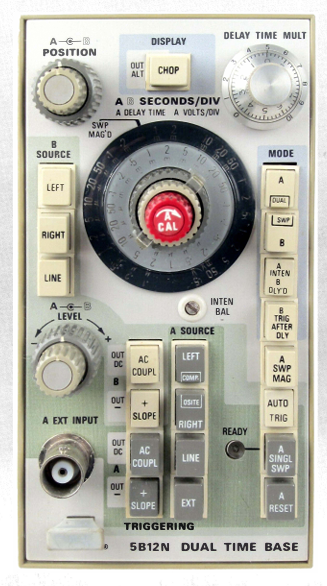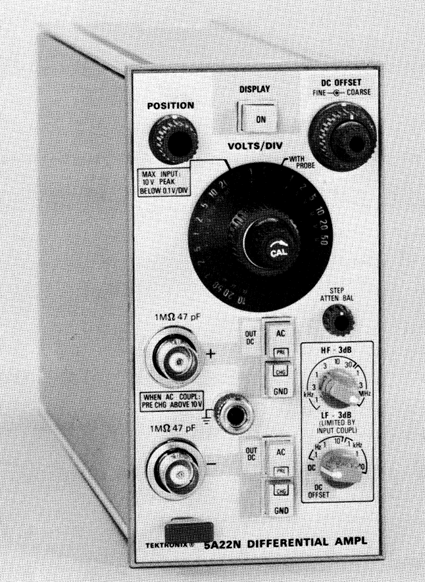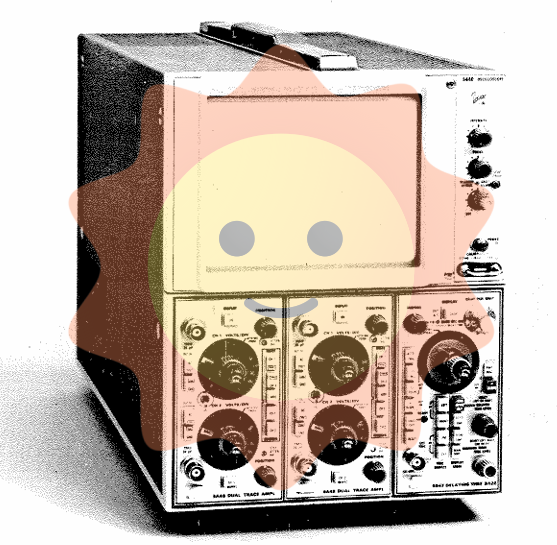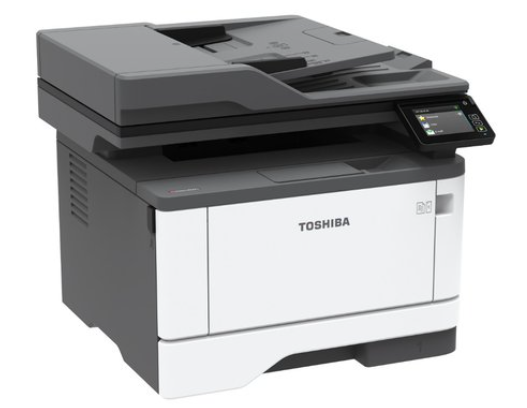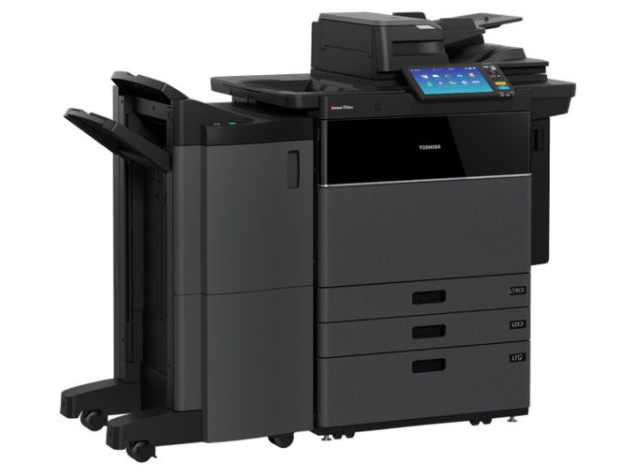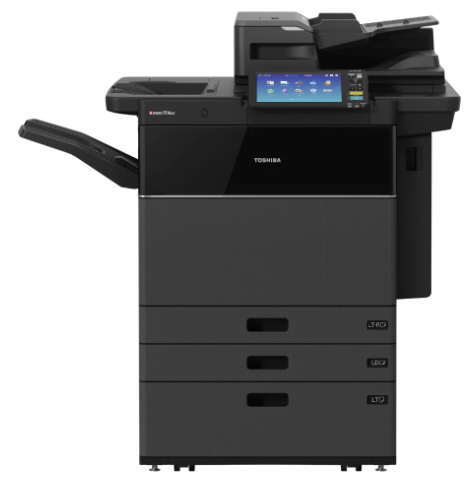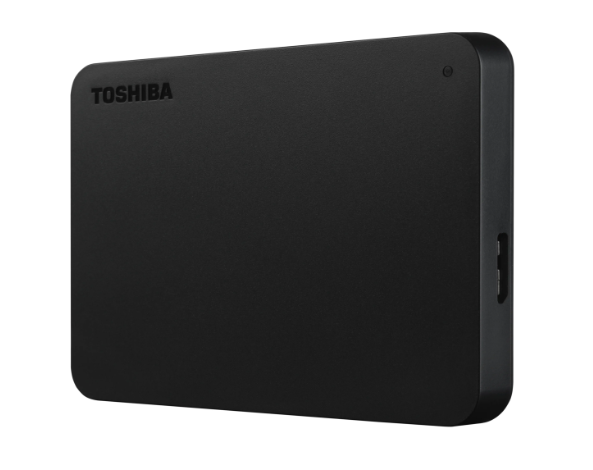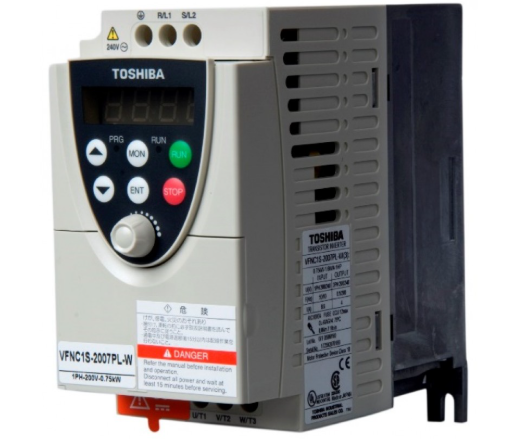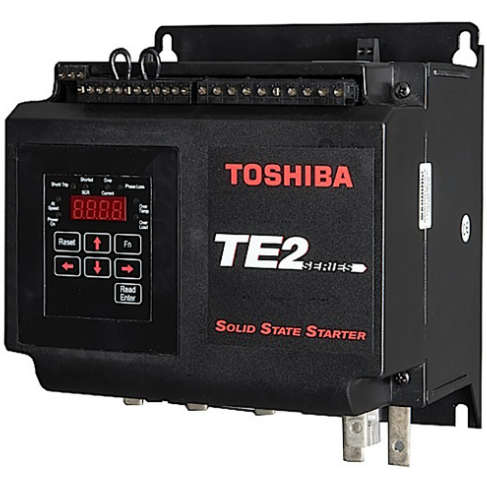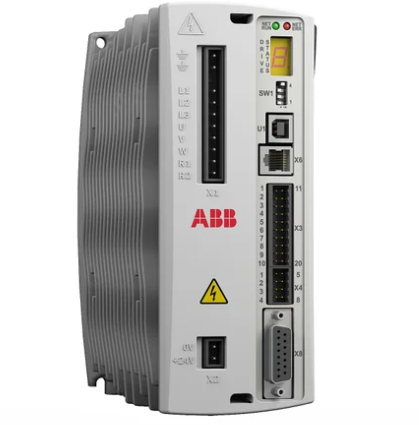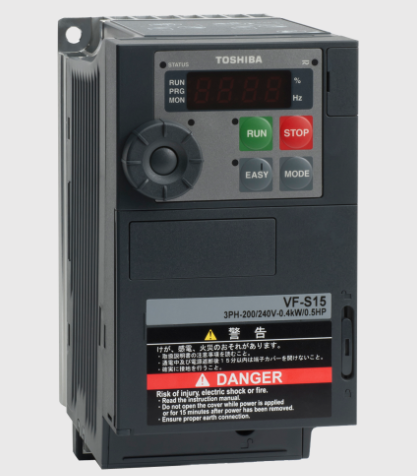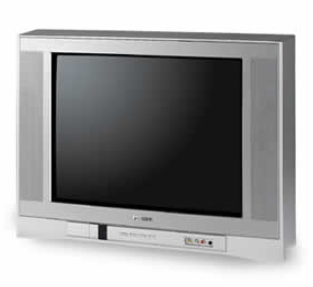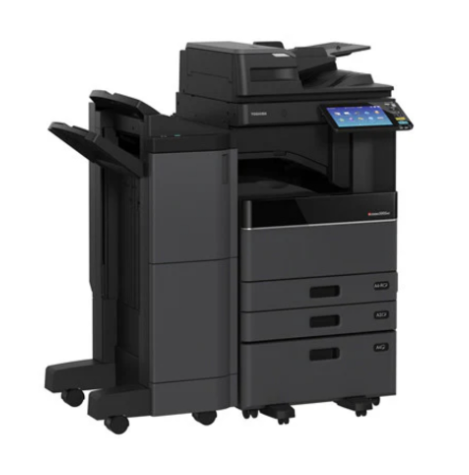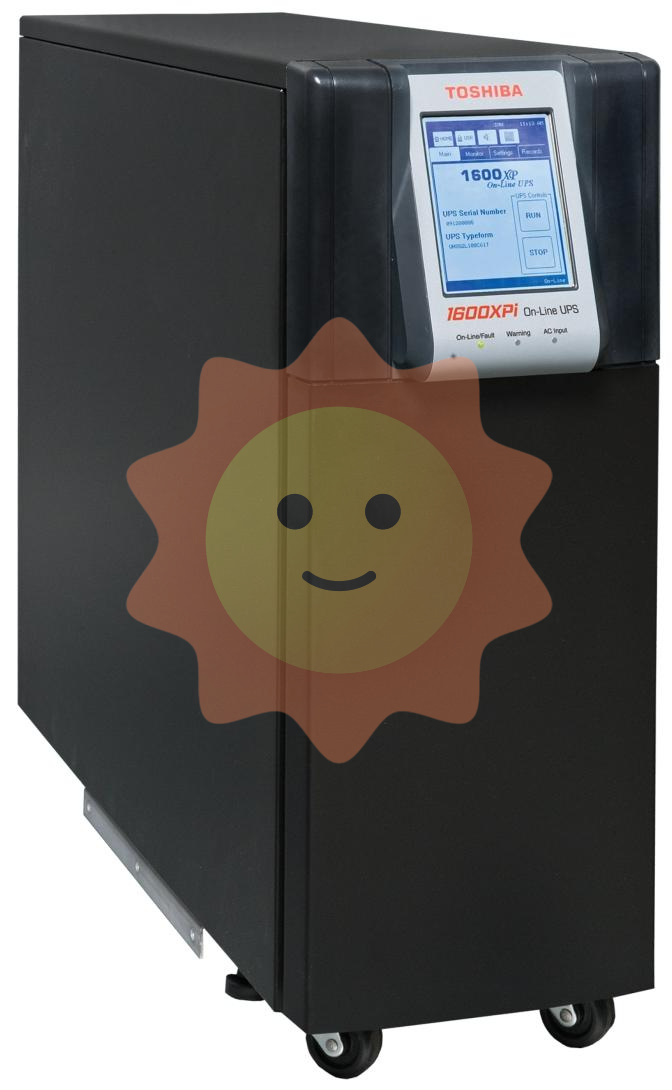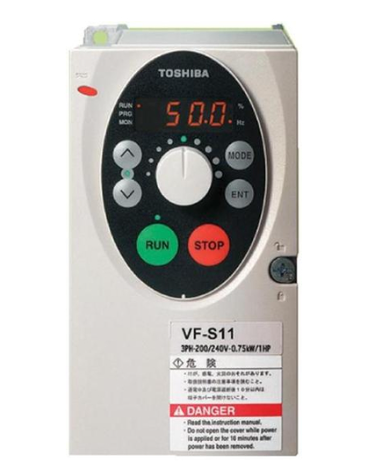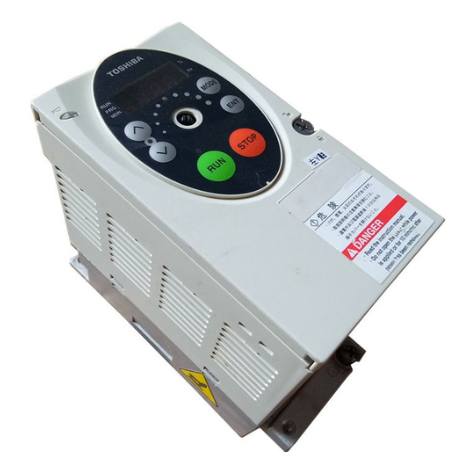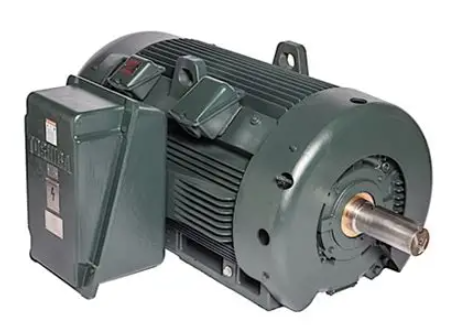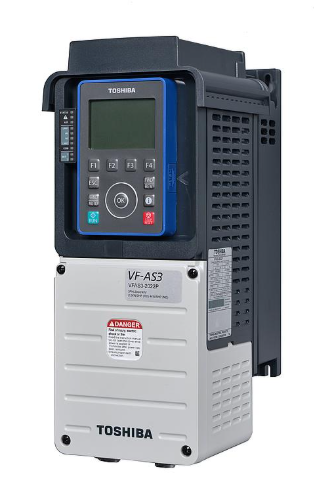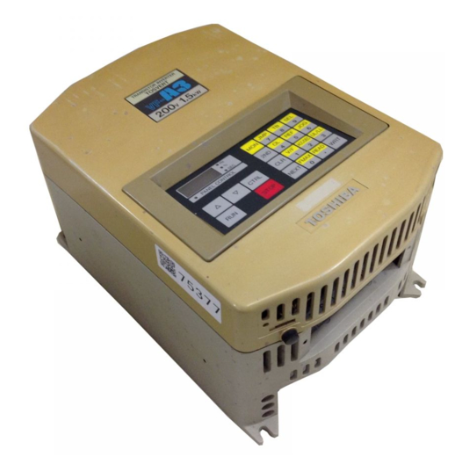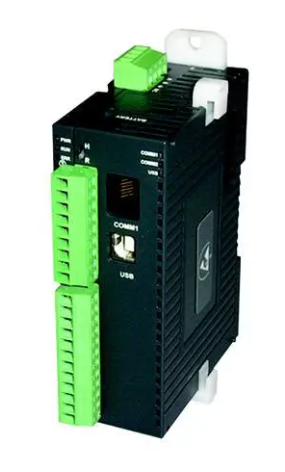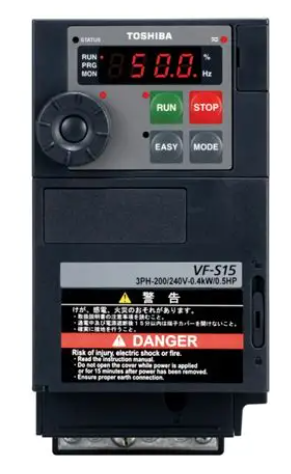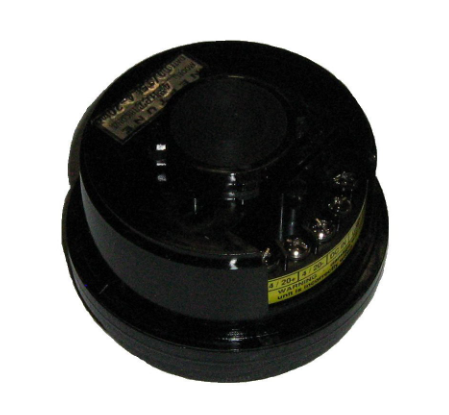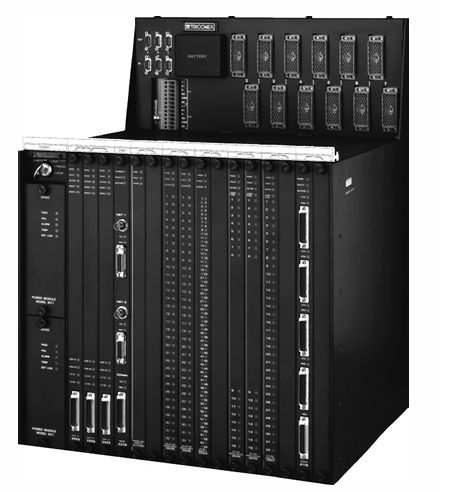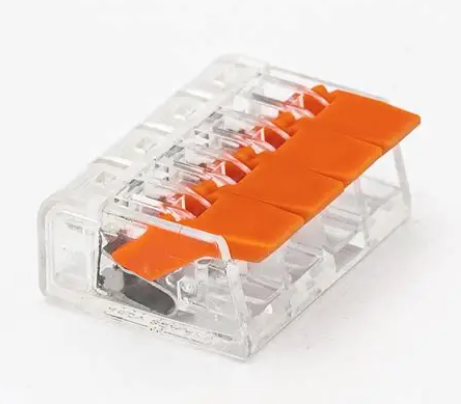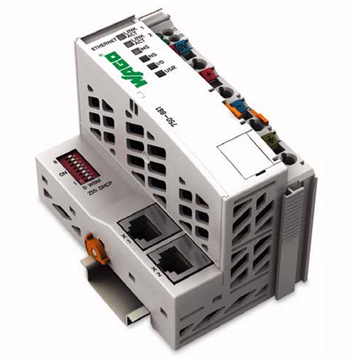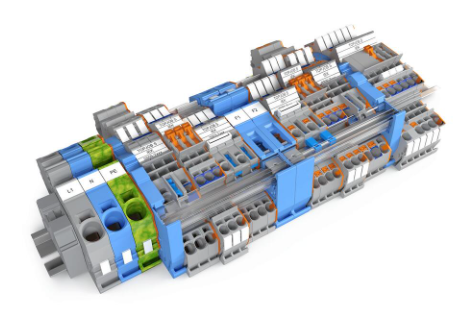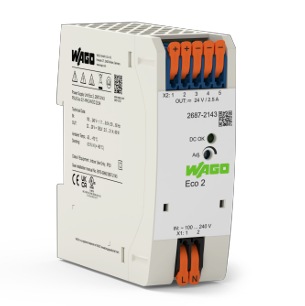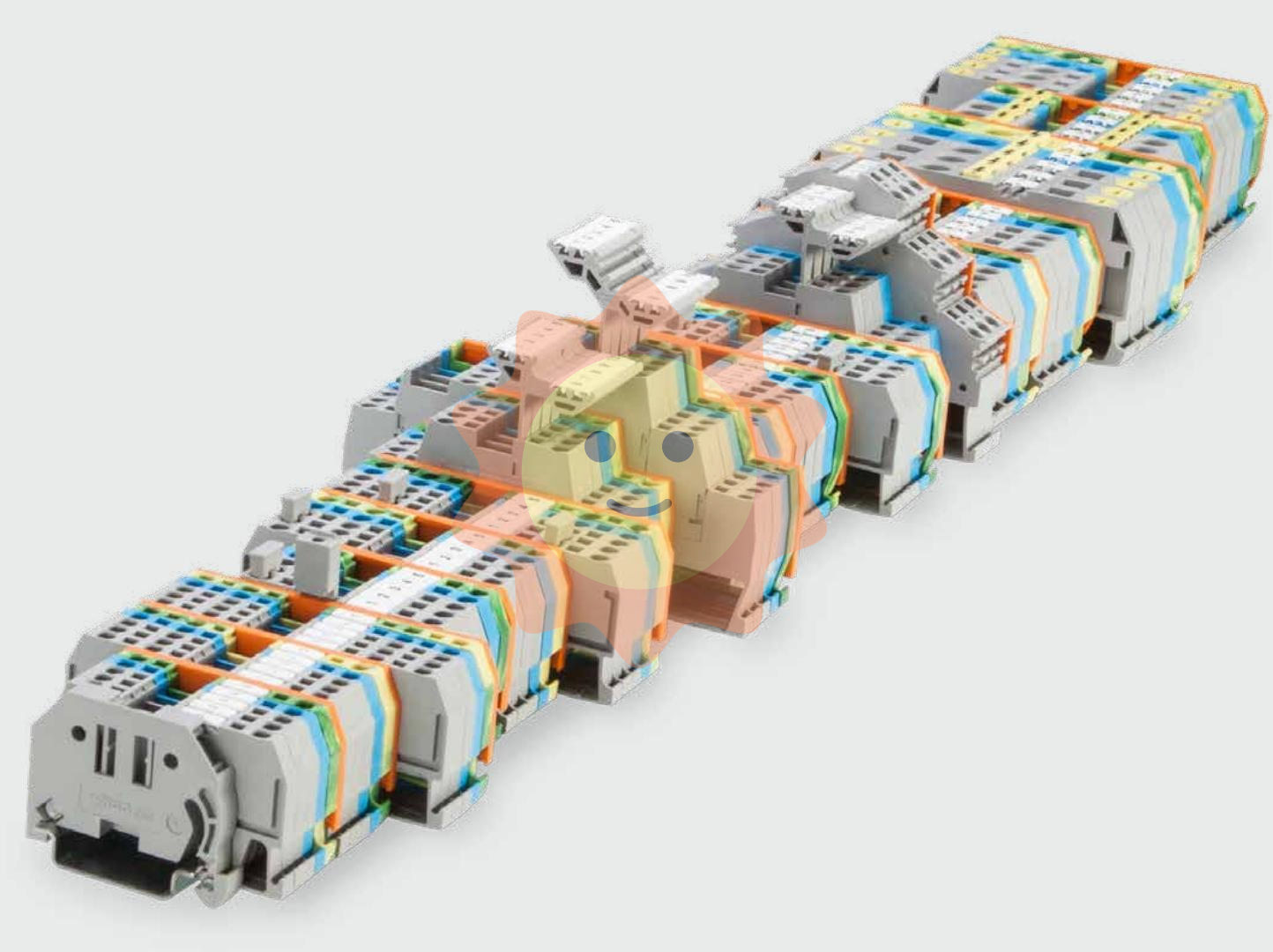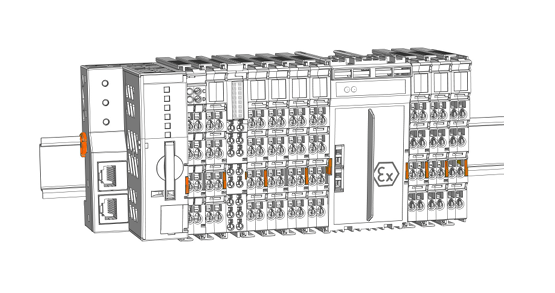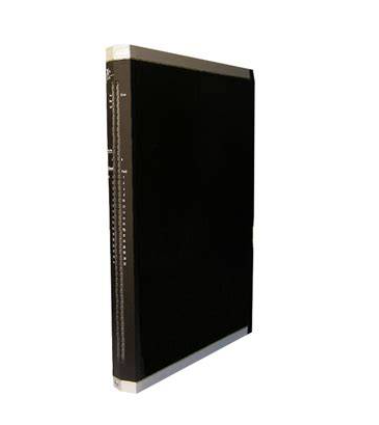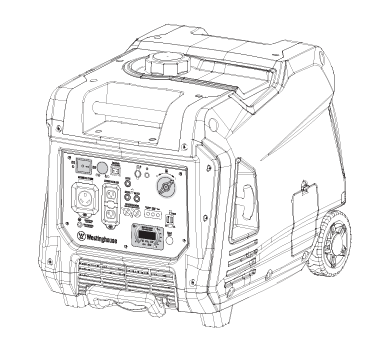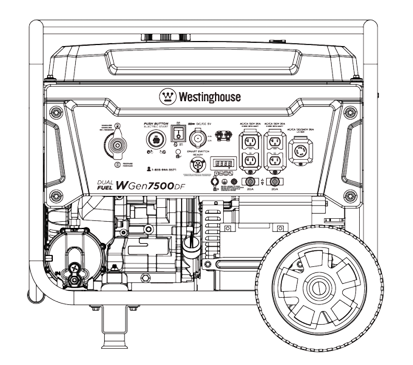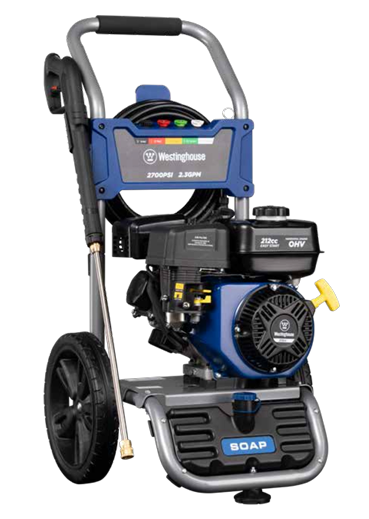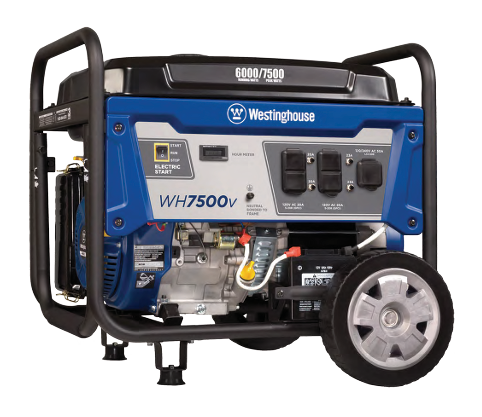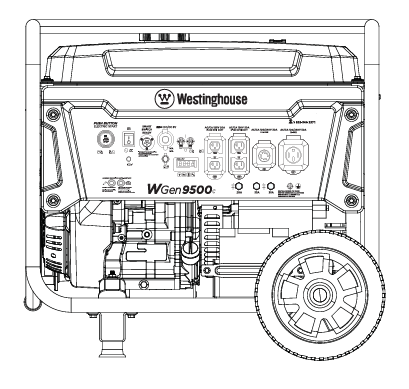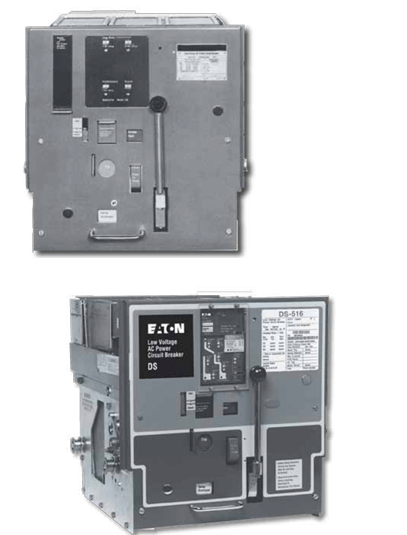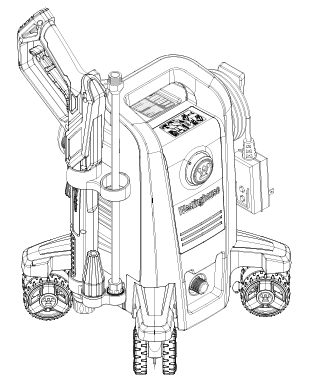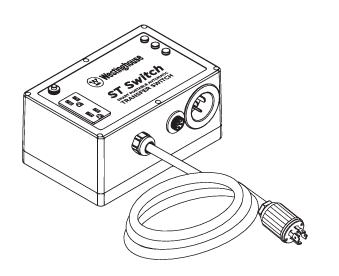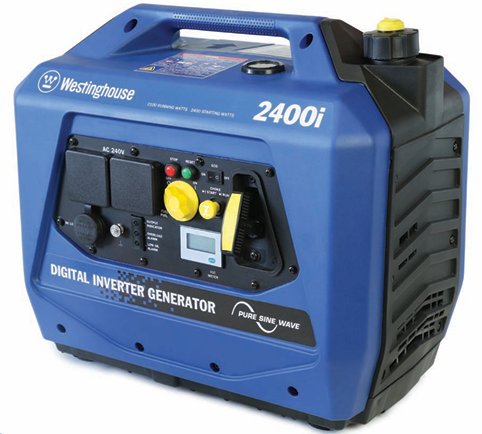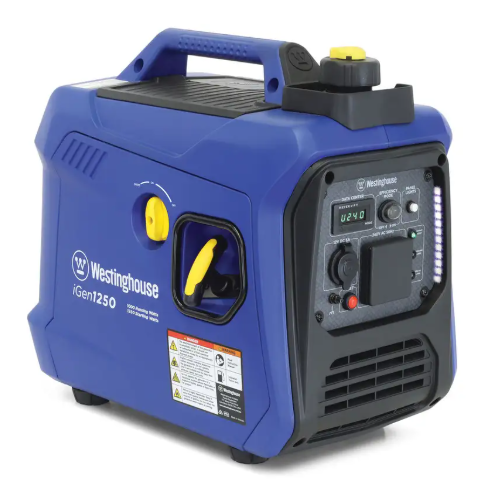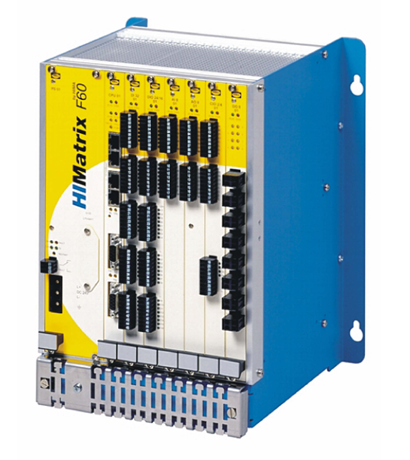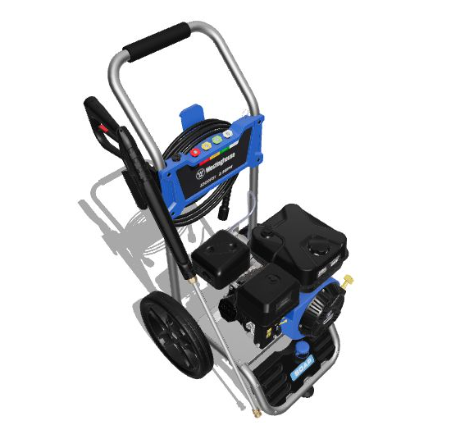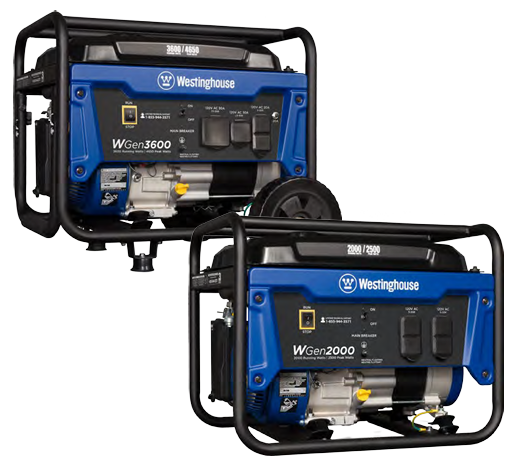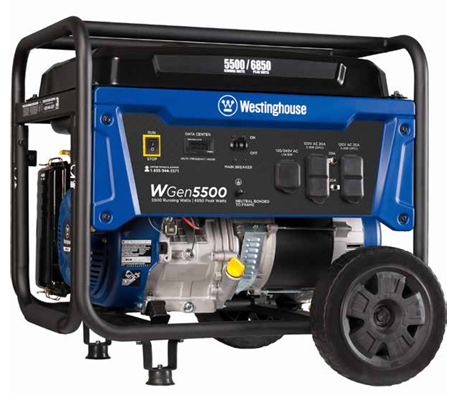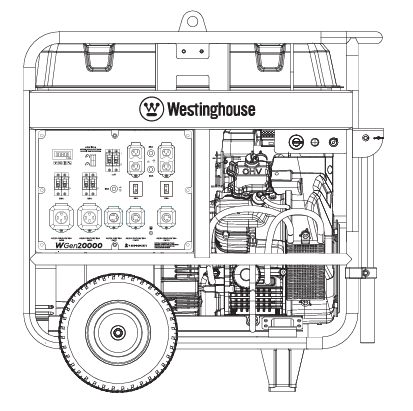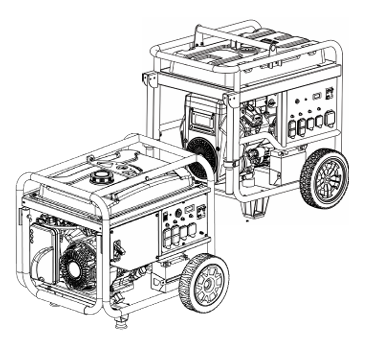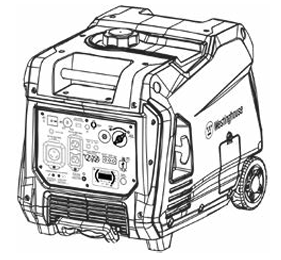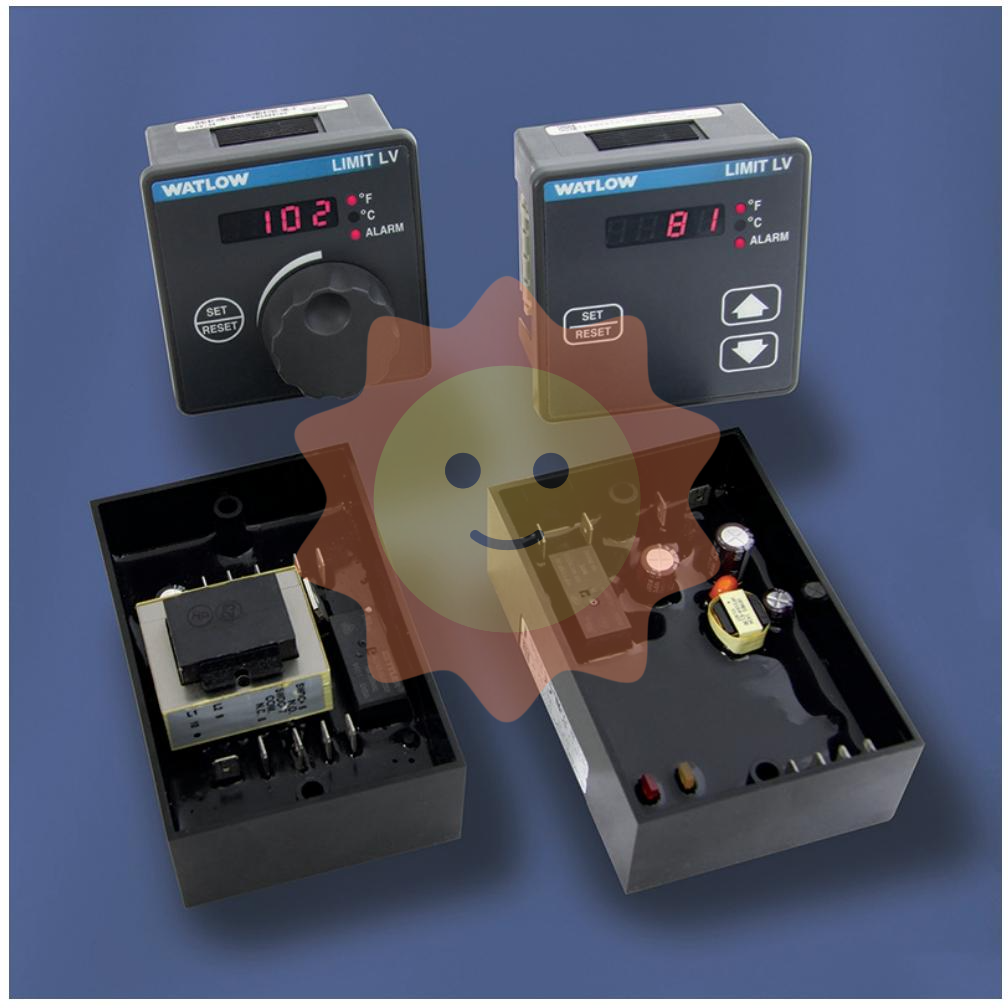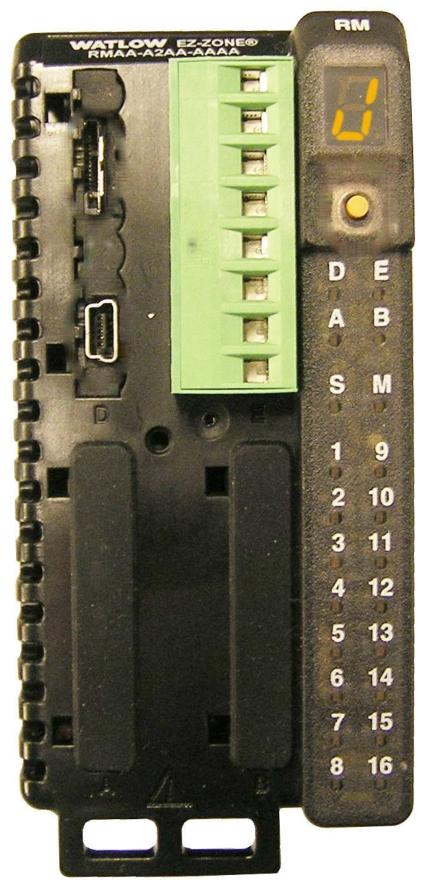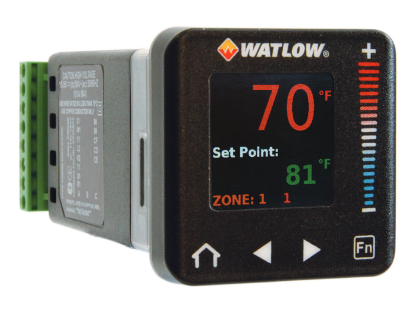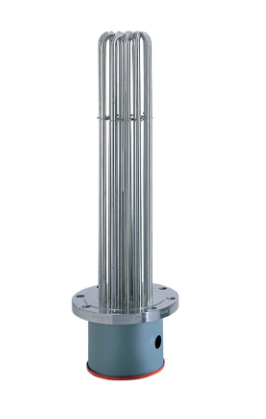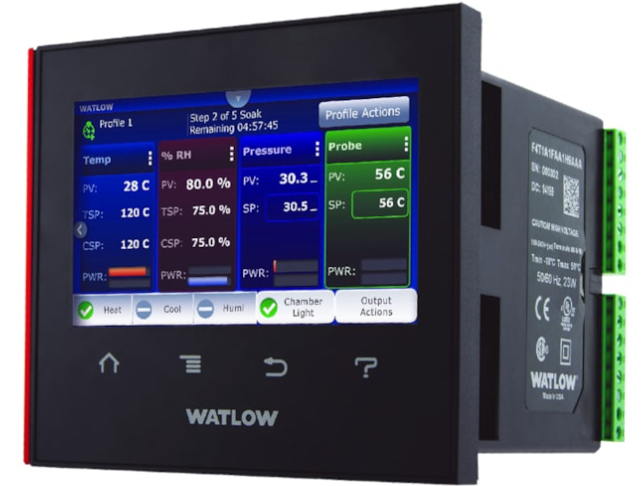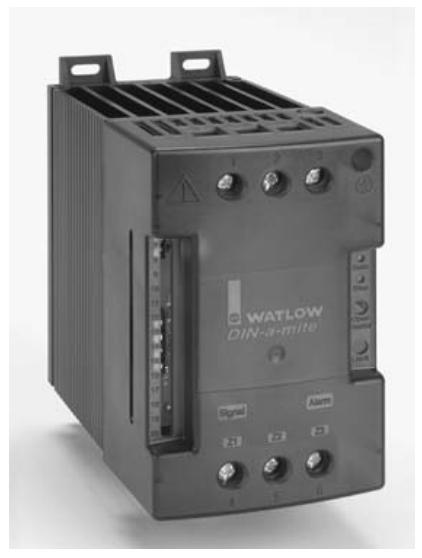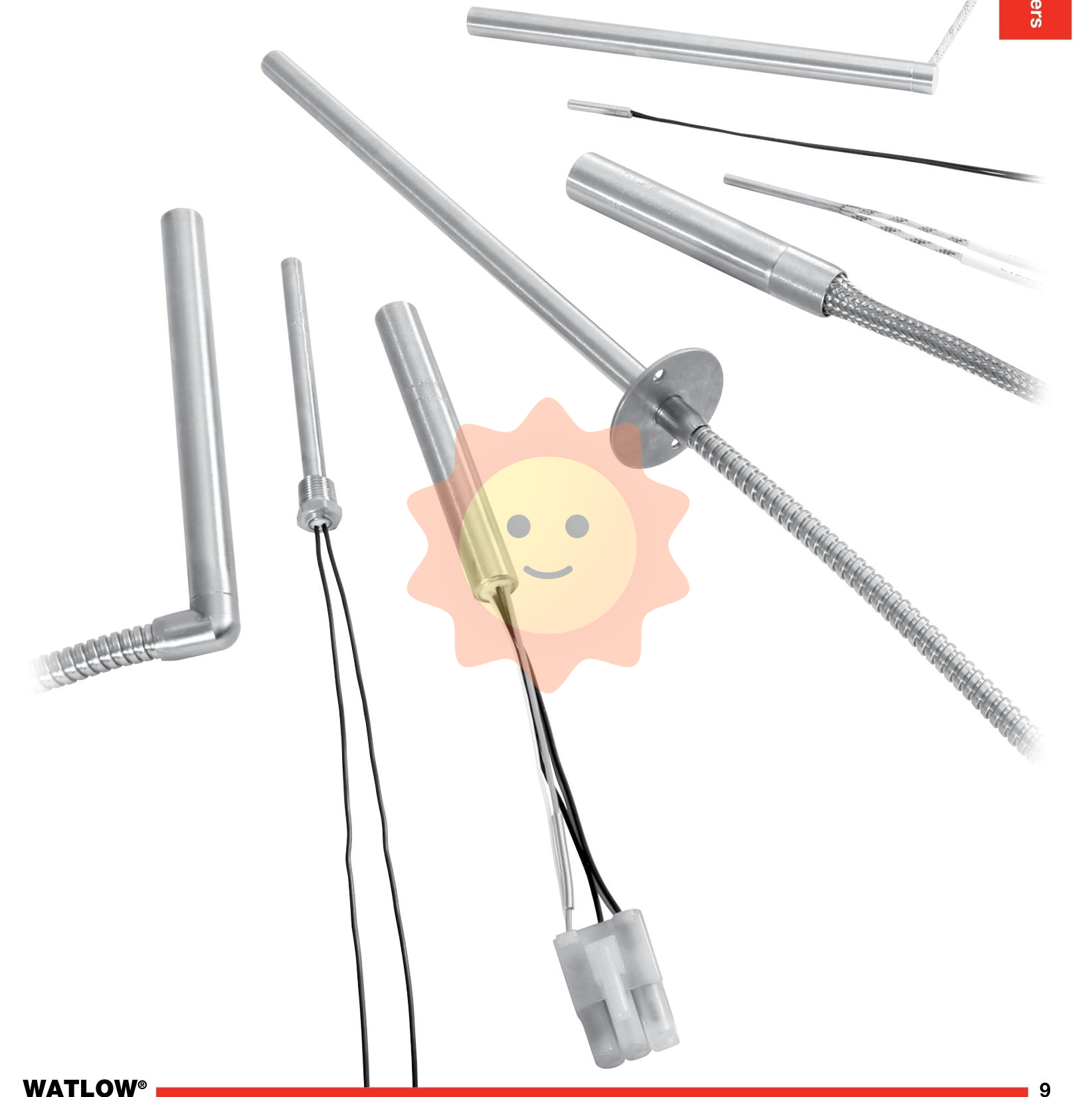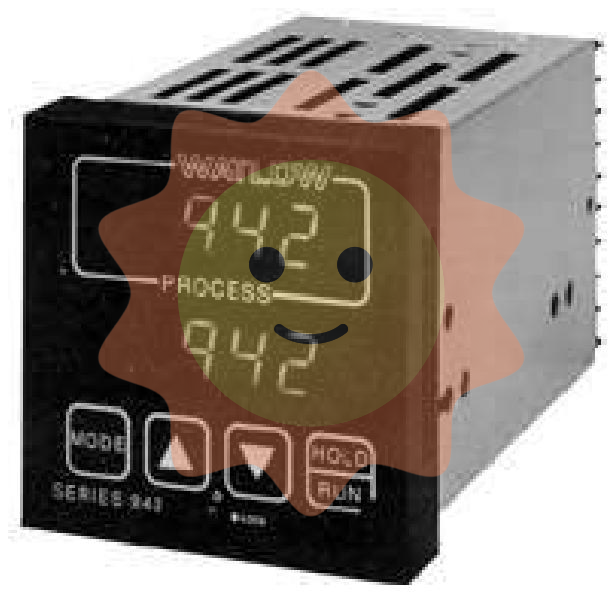ZYCOM IGLACS01281 is an industrial grade high-precision control module, whose core function is to receive instructions from the upper computer or feedback signals from sensors, and to perform real-time driving and closed-loop control of actuators such as motors, valves, and precision positioning components. As a key component of the ZYCOM industrial control ecosystem, it is designed for high reliability and high response speed control scenarios. It can collaborate with measuring equipment and execution units to build a complete control chain, and is widely used in precision manufacturing, automated production lines, high-end equipment and other fields. It is the core unit to ensure equipment operation accuracy and process stability.
ZYCOM IGLACS01281 Control Module
Product core positioning
ZYCOM IGLACS01281 is an industrial grade high-precision control module, whose core function is to receive instructions from the upper computer or feedback signals from sensors, and to perform real-time driving and closed-loop control of actuators such as motors, valves, and precision positioning components. As a key component of the ZYCOM industrial control ecosystem, it is designed for high reliability and high response speed control scenarios. It can collaborate with measuring equipment and execution units to build a complete control chain, and is widely used in precision manufacturing, automated production lines, high-end equipment and other fields. It is the core unit to ensure equipment operation accuracy and process stability.
Key technologies and performance parameters
Parameter category
Core indicators (derived based on industrial grade control module standards and ZYCOM technology characteristics)
Control accuracy
Analog output accuracy ± 0.1% F.S., digital control response time ≤ 1ms
Input/output channel
8 analog inputs (AI, 0-10V/4-20mA), 8 analog outputs (AO, 0-10V/4-20mA), 16 digital inputs (DI), 16 digital outputs (DO)
Communication interface
Supports EtherNet/IP, Modbus TCP, RS485 (Modbus RTU), communication speed up to 100Mbps, data transmission delay ≤ 50 μ s
Control algorithm
Built in PID, fuzzy control, slope/step control algorithms, supporting custom control logic (through programming software)
Power Supply and Environment
Power supply voltage 24V DC (± 10%), power consumption ≤ 15W; operating temperature -20 ℃~60 ℃, relative humidity ≤ 90% (no condensation), protection level IP20 (panel installation)
Storage and Calibration
Support local storage of parameters (power off storage ≥ 10 years), built-in automatic calibration function, and customizable calibration cycle (1-365 days)
Core functions and technological advantages
1. Multi dimensional precise control capability
This module achieves comprehensive control performance improvement through hardware and algorithm optimization:
Flexible control mode: in addition to the basic PID control, it supports the switching of position, speed and torque modes to adapt to different actuator requirements (such as servo motor positioning control and valve opening adjustment); For nonlinear loads, fuzzy control algorithms can dynamically adjust parameters, reduce overshoot (overshoot ≤ 5%), and shorten stabilization time (≤ 0.5s);
High precision signal processing: The analog input channel adopts a 16 bit AD converter, and the digital input supports optoelectronic isolation (isolation voltage 2500V AC), which can effectively suppress electromagnetic interference in industrial sites (such as interference generated by frequency converters and high-voltage equipment), ensuring input signal accuracy; The analog output adopts a 16 bit DA converter, with an output ripple of ≤ 10mV, to ensure the stability of the actuator drive;
Closed loop feedback integration: Supports direct connection with displacement sensors (such as laser interferometers, encoders), pressure sensors, and temperature sensors to collect real-time feedback data and adjust the output in a closed-loop manner, forming a complete control chain of "instruction execution feedback correction". The control error can be suppressed to within ± 0.2% F.S.
2. Industrial grade reliability and compatibility
For the complex environment of industrial sites, the module has been specially optimized in terms of stability and compatibility:
Anti interference and protection: The power supply end is equipped with overvoltage, overcurrent, and reverse connection protection, and the communication interface has ESD protection (contact discharge ± 8kV, air discharge ± 15kV); The PCB board adopts a three proof coating (moisture-proof, anti salt spray, anti mold), which is suitable for humid and dusty industrial scenarios, with an average time between failures (MTBF) of ≥ 50000 hours;
Multi system compatibility: supports integration with mainstream industrial control systems, such as Siemens S7 series PLC, Rockwell ControlLogix system, Schneider M340 system, and can achieve data exchange through EtherNet/IP protocol; Simultaneously compatible with ZYGO measuring devices (such as ZMI-501 interferometer), it can directly receive displacement measurement data and use it for control logic without the need for additional conversion modules;
Convenient debugging and maintenance: Equipped with ZYCOM Control Studio programming software, it provides a graphical programming interface (supporting ladder diagrams and functional block diagrams), which can monitor input/output status and control parameter curves in real time; Support remote diagnosis (via EtherNet/IP), allowing for online modification of parameters, uploading and downloading of programs, reducing on-site maintenance workload.
Adapt system components and application scenarios
1. Core adaptation system components
Based on the requirements of industrial control links, typical adaptation combinations are as follows:
Upper control unit: industrial PC, PLC (such as Siemens S7-1200), human-machine interface (HMI, such as Weilun Tong MT8102iE);
Feedback unit: ZYGO ZMI-501 displacement measurement interferometer, encoder (such as Heidenhain ERN 1387), pressure sensor (such as Beijiafu P+F);
Execution unit: servo motor (such as Panasonic A6 series), precision electric cylinder (such as THK KR series), proportional valve (such as Parker D1VW series);
Auxiliary components: power module (such as Mingwei LRS-100-24), signal isolator (such as Weidmuller WAS5 series), cooling fan (for high temperature environment).
2. Key application scenarios
In the field of precision manufacturing: In semiconductor wafer cutting equipment, the module receives displacement feedback data from the ZMI-501 interferometer and controls the servo motor to drive the cutting blade head through PID algorithm to ensure cutting accuracy (incision error ≤ 1 μ m); In the production line of automotive parts processing (such as engine cylinder drilling), control the spindle speed and feed rate of the drilling machine, and adjust the cutting force based on pressure sensor feedback to reduce machining errors;
In the field of automated production lines: In lithium battery pole piece winding machines, modules are connected to tension sensors through RS485 interfaces to adjust the winding motor speed in real time, control the stable tension of pole pieces (tension fluctuation ≤± 2%), and avoid pole piece wrinkles or breakage; In the food packaging production line, the sealing temperature and pressure of the packaging machine are controlled, and constant temperature control (temperature deviation ≤± 1 ℃) is achieved through temperature sensor feedback to ensure sealing quality;
High end equipment field: In the astronomical telescope drive system, the module receives feedback from the angle sensor, controls the pitch axis and azimuth axis motors, and achieves precise positioning of the telescope (positioning error ≤ 0.1 arcseconds); In medical equipment such as CT scanners, controlling the lifting and translation of the scanning bed, combined with displacement sensors to achieve millimeter level accuracy control, ensures the accuracy of scanning positions;
In the field of scientific research experiments, in the material mechanics testing machine, the module controls the loading motor to apply force load, and achieves uniform loading through force sensor feedback (loading rate fluctuation ≤± 0.5%), recording the material stress-strain curve; In the environmental simulation cabin, temperature and humidity control equipment are controlled, combined with temperature and humidity sensors to achieve closed-loop control (temperature control accuracy ± 0.5 ℃, humidity ± 3% RH).
Precautions for use and maintenance standards
1. Installation and operation requirements
Installation specifications: DIN rail installation (compatible with 35mm standard rail), module spacing ≥ 10mm (for heat dissipation); Avoid installing near strong electromagnetic interference sources (such as frequency converters and high-power motors). If unavoidable, a metal shielding cover should be installed; When wiring, it is necessary to distinguish between analog, digital, and power terminals to avoid misconnection (analog terminals are prohibited from connecting high-voltage signals);
Parameter settings: Before first use, communication parameters (IP address, baud rate, parity), input/output signal types (such as AI channel selection of 4-20mA or 0-10V), and control algorithm parameters (PID proportional coefficient, integration time, differentiation time) need to be configured through programming software; After completing the parameter settings, a no-load test is required to confirm that the output signal is normal (such as the AO channel outputting 4mA corresponding to the minimum stroke of the actuator, and 20mA corresponding to the maximum stroke);
Safe operation: When wiring and debugging, disconnect the module power supply to avoid electric shock; If the analog input channel is connected to a sensor signal, it is necessary to confirm that the sensor power supply is normal; When controlling high-power equipment (such as motors) through digital output channels, an external relay is required (the maximum output current of the module DO channel is usually 0.5A, which cannot directly drive high-power loads) to prevent module damage.
2. Maintenance and troubleshooting
Regular maintenance plan: Check the module wiring terminals for looseness every month (especially the power and communication terminals), and gently tighten them with a screwdriver; Clean the surface dust of the module with compressed air (pressure ≤ 0.3MPa) every quarter to avoid dust accumulation that affects heat dissipation; Perform parameter calibration once a year, using a standard signal source (such as FLUKE 726 high-precision calibrator) to calibrate the accuracy of AI/AO channels. If the error exceeds ± 0.1% F.S., software calibration correction is required;
Common troubleshooting:
If the module has no power indicator light (Power light does not light up), check whether the power supply voltage is normal, whether the power terminal wiring is loose, whether the power fuse (if any) is blown, replace the faulty power supply or repair the wiring;
If communication is interrupted (communication light Link does not light up or flashes), check whether the communication cable is damaged, whether the communication parameters (IP address, baud rate) match the upper computer, whether the switch or router is working properly, replace the cable or reconfigure the parameters;
If the control accuracy decreases (due to slow response of the actuator or large overshoot), check whether the feedback sensor is faulty (such as encoder disconnection), whether the control algorithm parameters are adapted to the load characteristics (such as PID parameters that need to be adjusted according to load inertia), whether the analog signal is disturbed (such as unshielded cables), repair the sensor or optimize the parameters;
If the output signal is abnormal (such as no output from AO channel), check whether the output terminal wiring is loose, whether the output channel is overloaded (such as short circuit), whether the internal DA converter of the module is faulty, and troubleshoot the wiring or replace the module;
Principle of replacement and repair: When the core components of the module (such as CPU, AD/DA converter) fail, it is necessary to contact ZYCOM for original factory repair or replacement. Disassembly by oneself is prohibited (disassembly will result in warranty failure); When replacing a module, it is necessary to record the parameters of the original module. After configuring the parameters of the new module, a load test should be conducted to confirm that the control performance is consistent with the original module; The repaired module needs to be calibrated and verified (such as AI/AO accuracy and communication stability) before it can be put back into use.
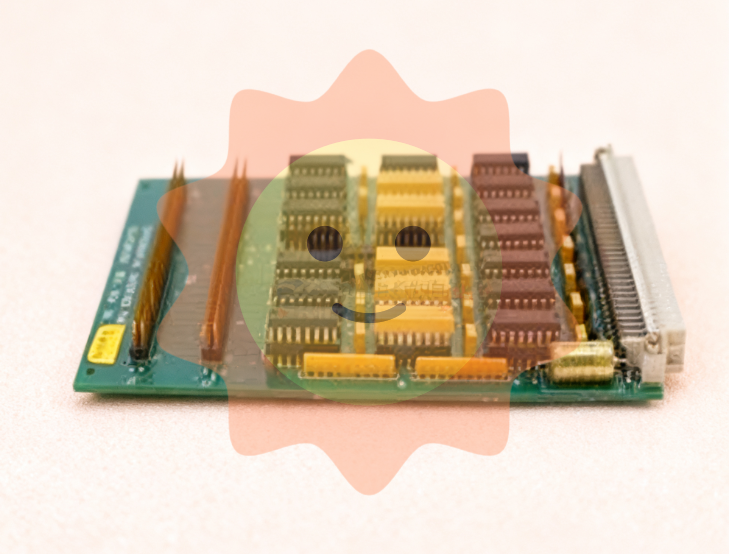
- User name Member Level Quantity Specification Purchase Date
- Satisfaction :
-









Email:wang@kongjiangauto.com

